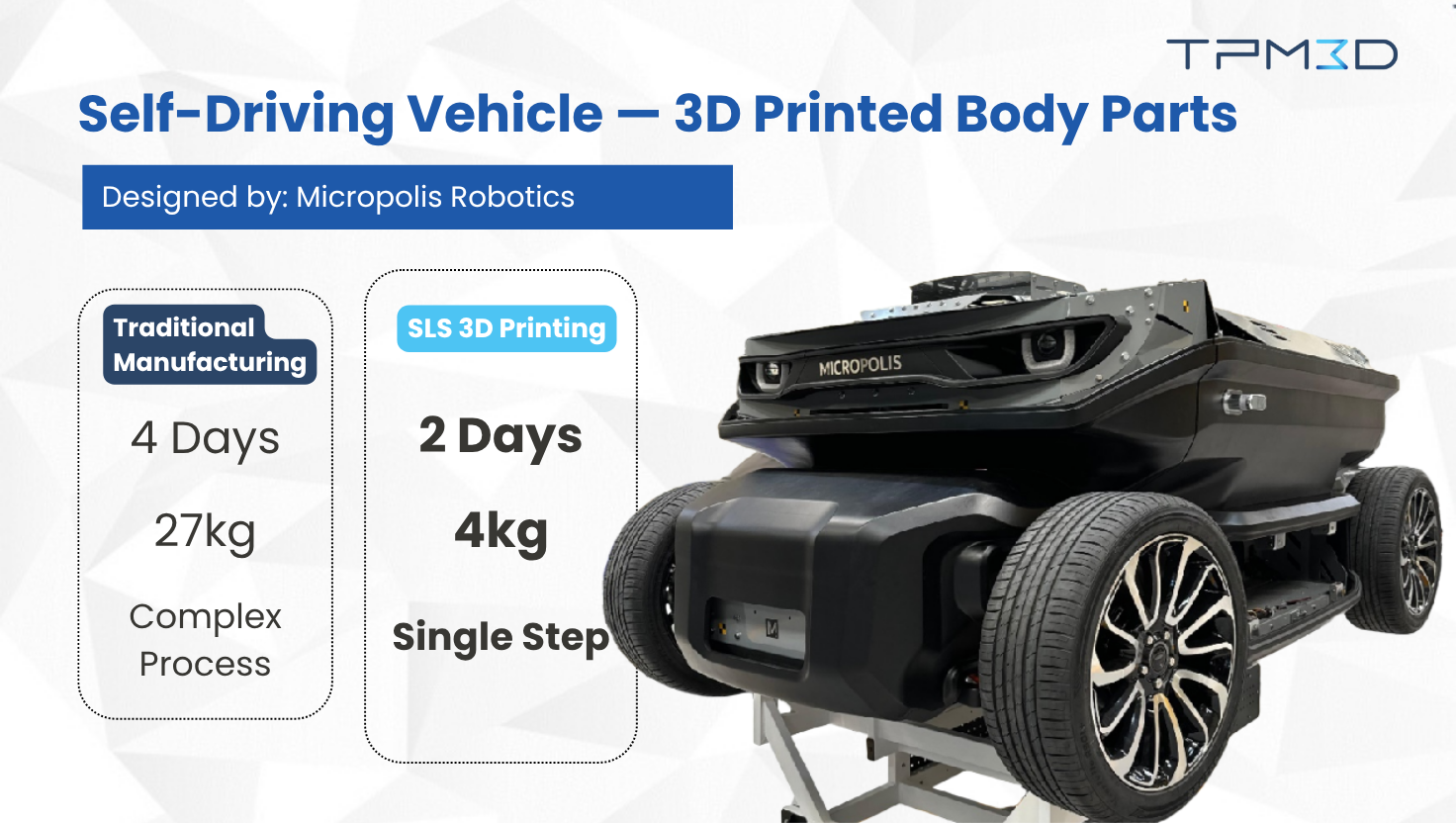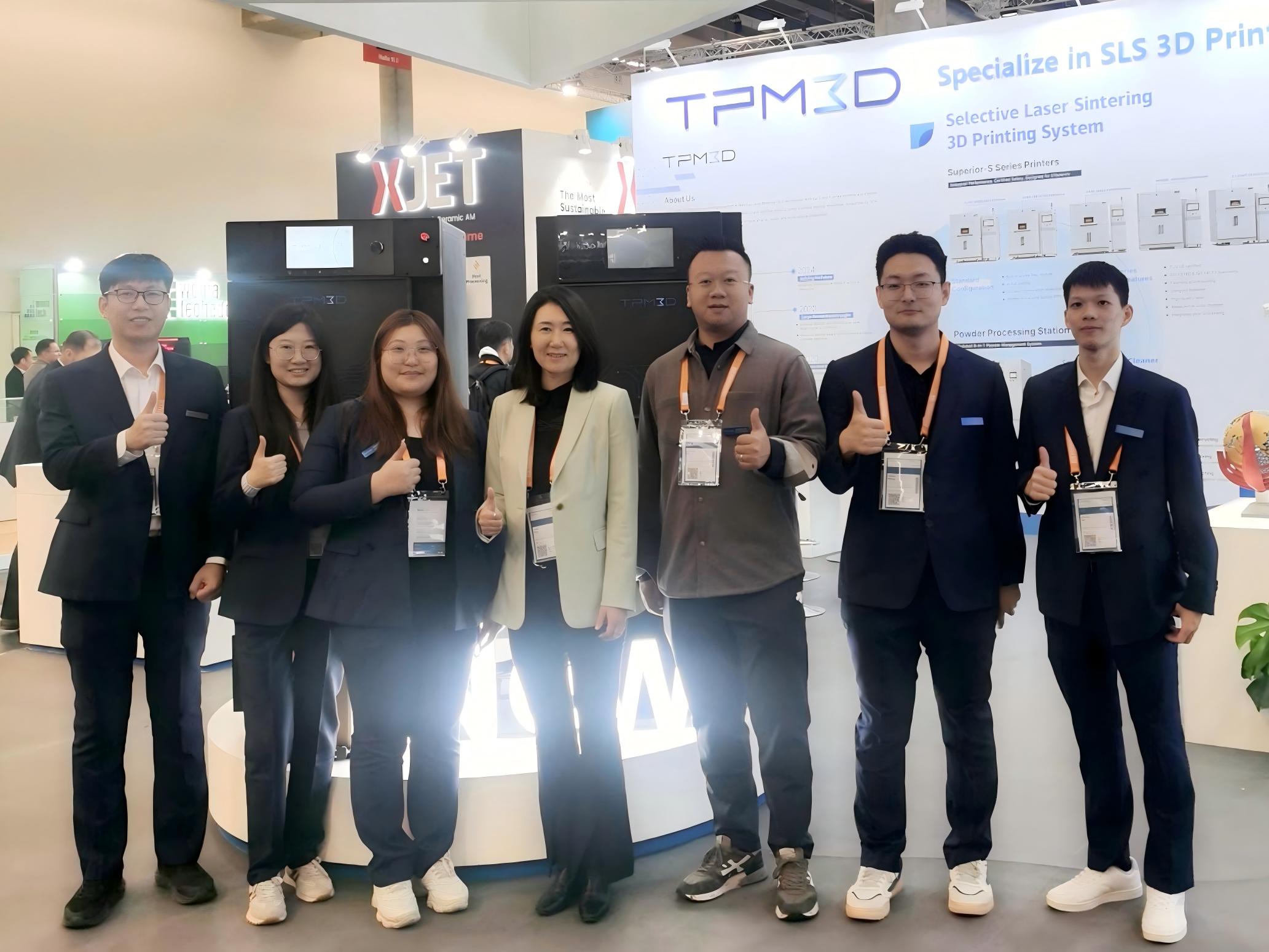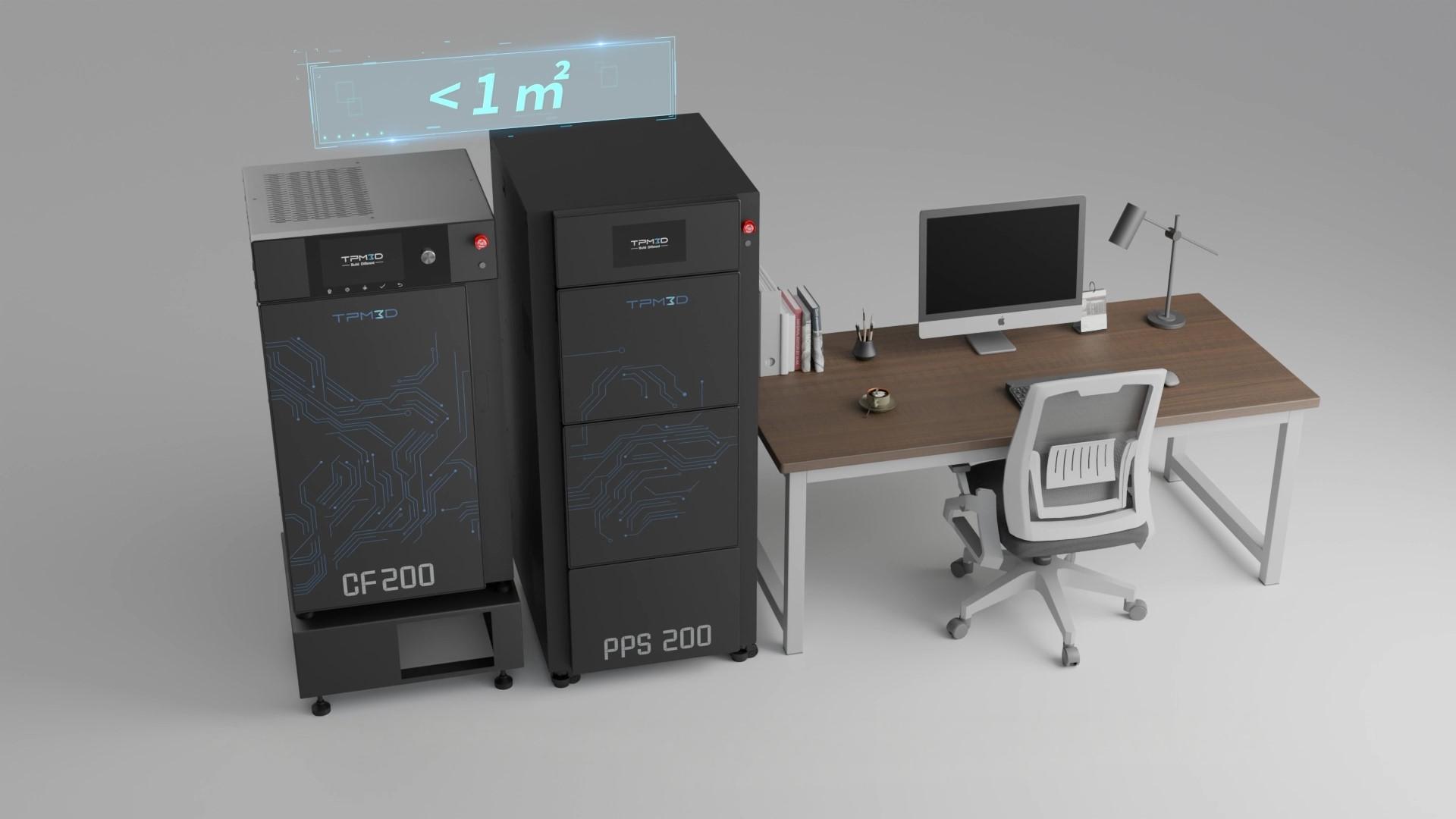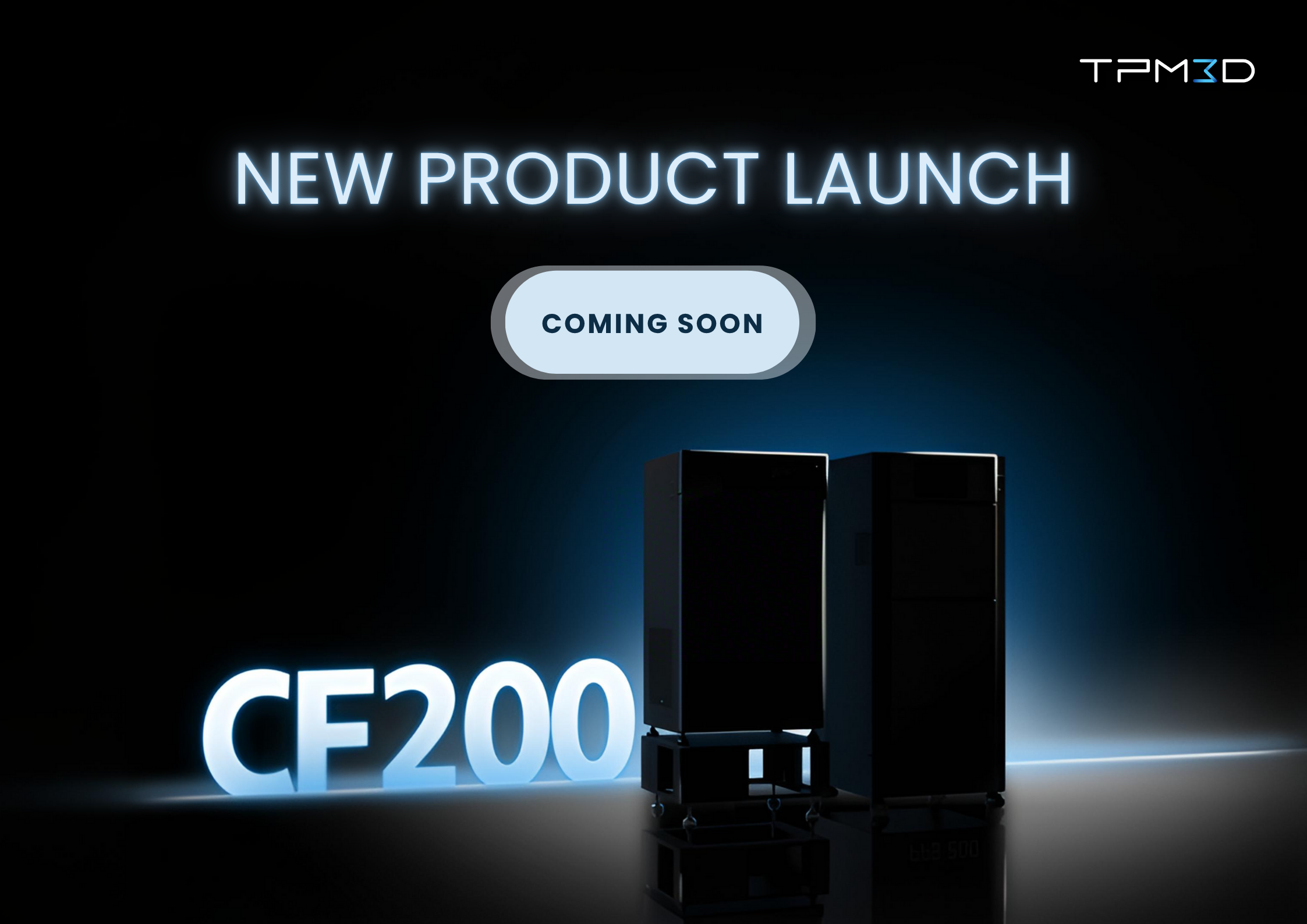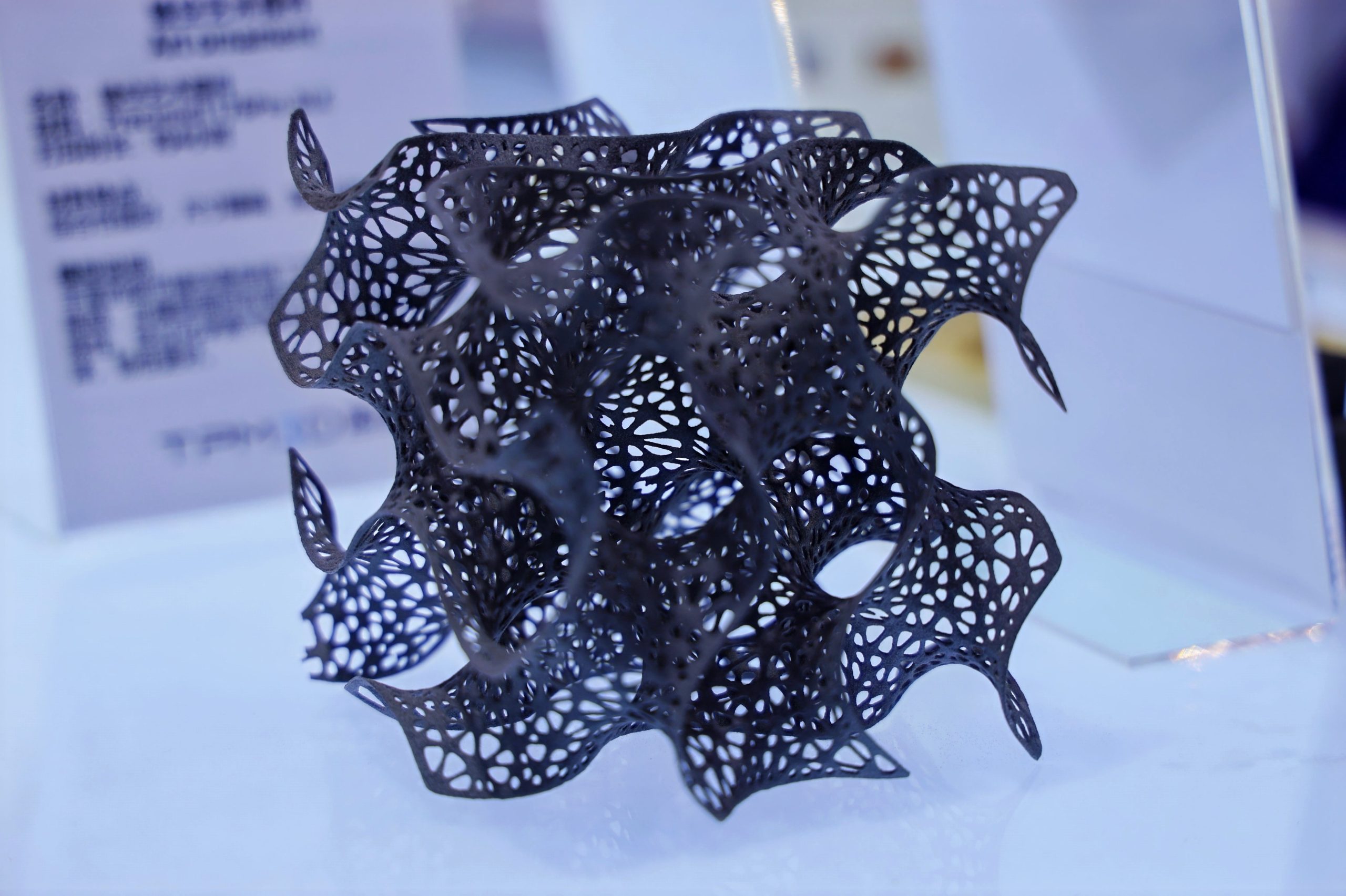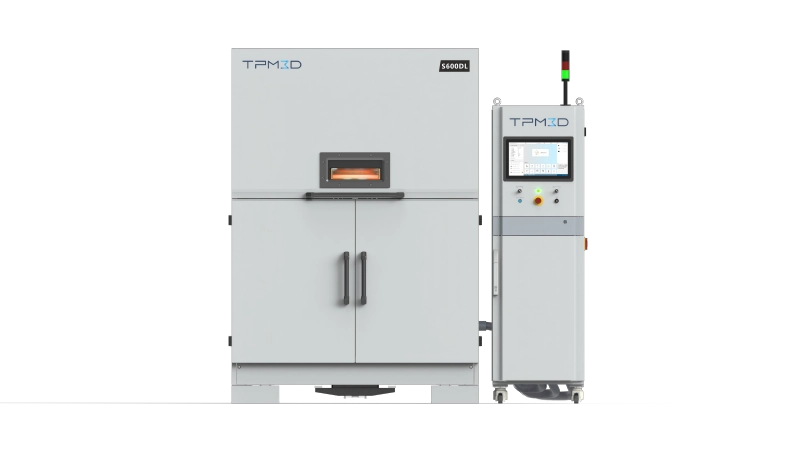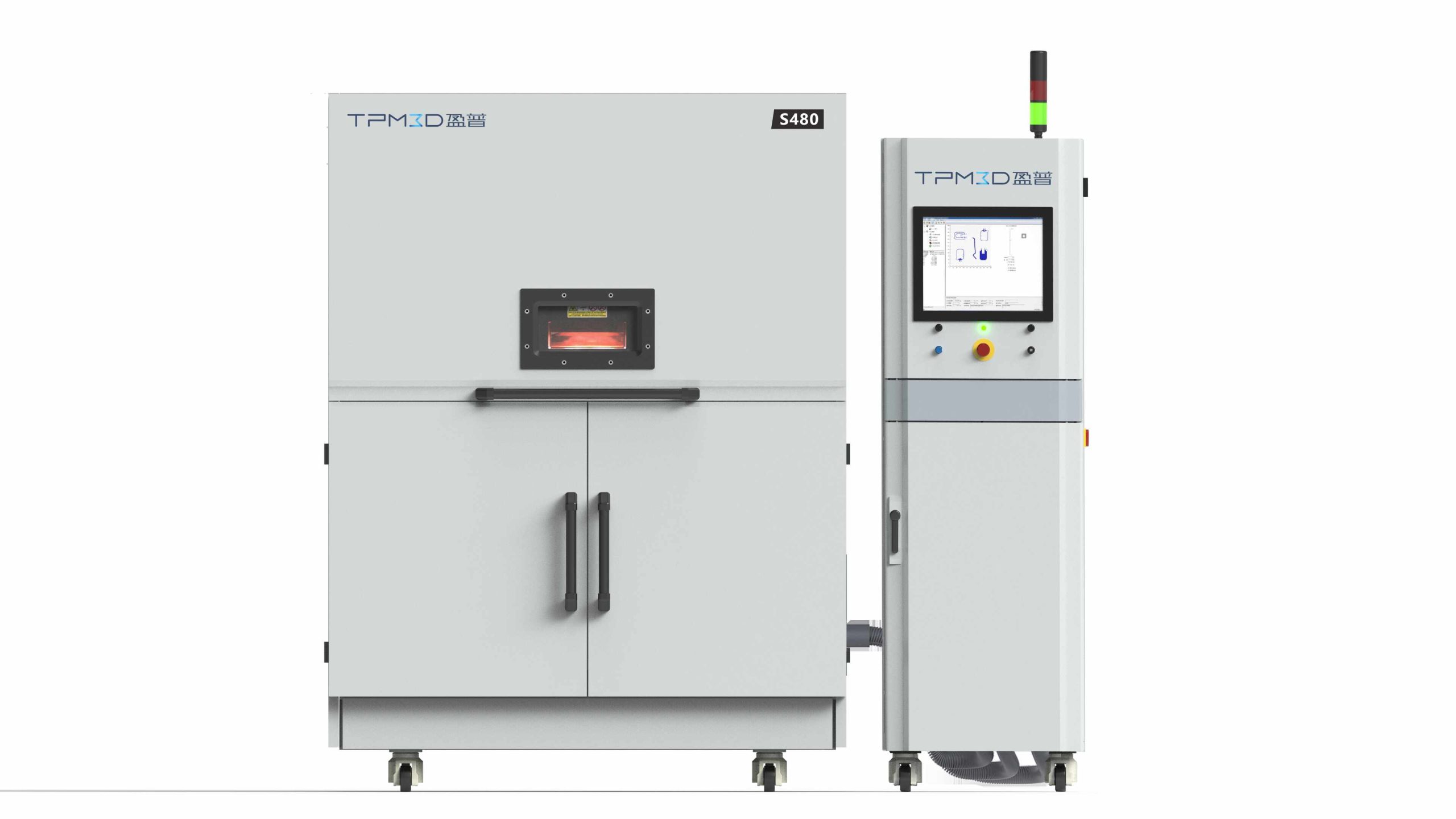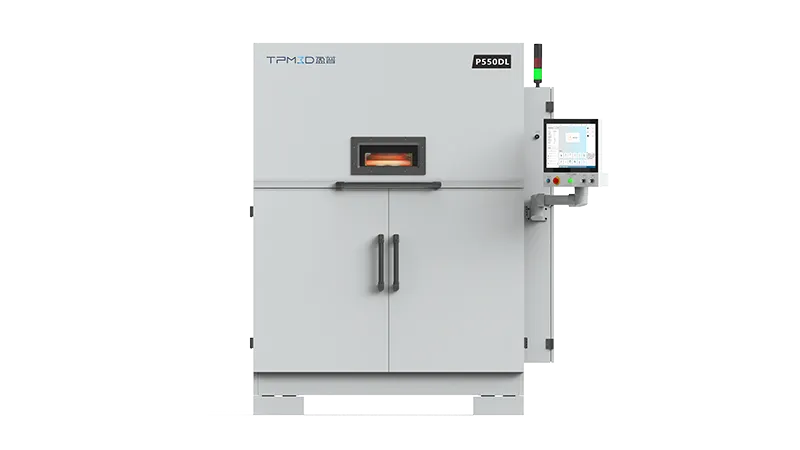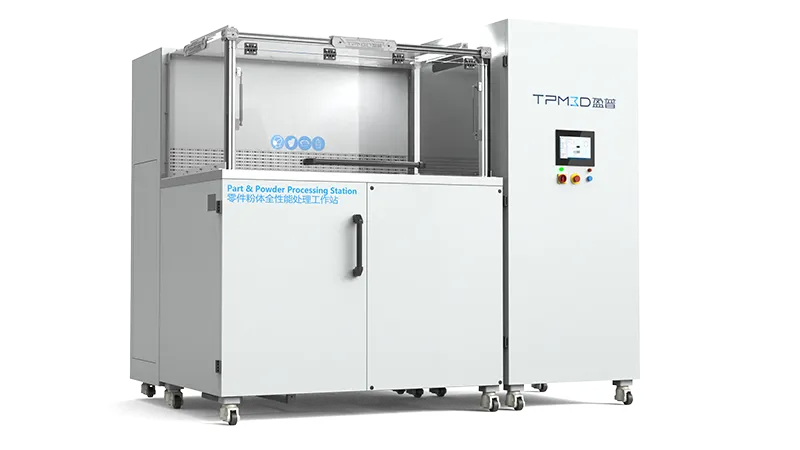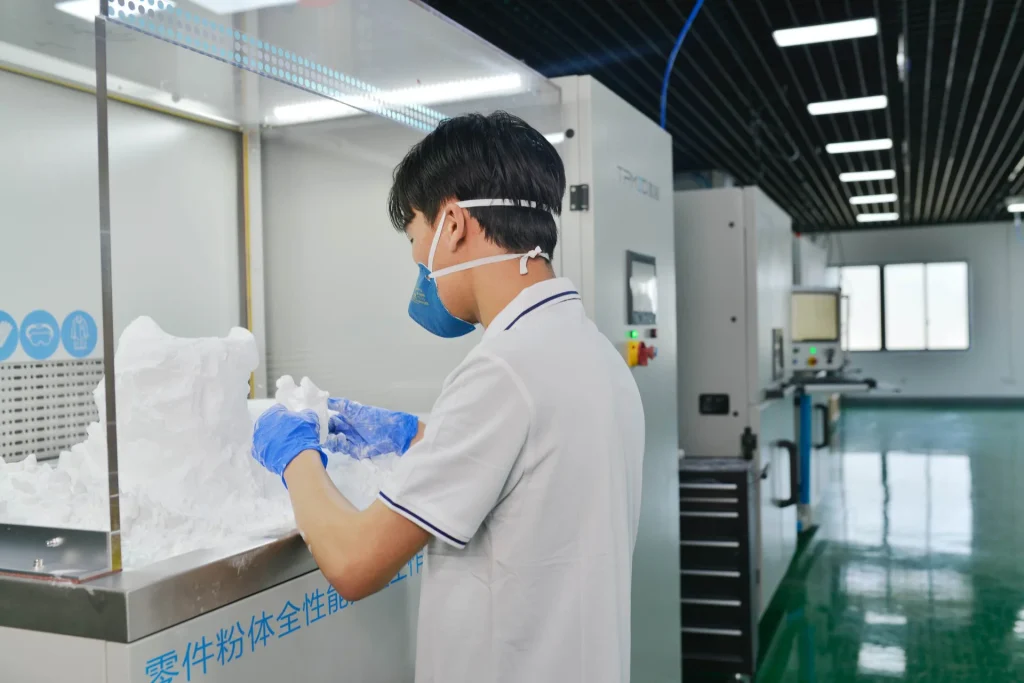With growing awareness of environmental protection and energy efficiency, lightweighting has become a key focus in the automotive industry. One emerging solution is SLS (Selective Laser Sintering) 3D printing with nylon materials, a technology that is reshaping how automakers design and manufacture components.
This article explores the advantages of nylon materials and the application potential of SLS 3D printing in the automotive field.
Why Nylon Materials Are Ideal for Automotive Parts
Nylon, a high-performance engineering plastic, offers:
-
High strength and stiffness
-
Excellent wear resistance
-
Corrosion resistance
-
Easy processing and customization
These qualities make it one of the most promising materials for manufacturing durable and lightweight auto parts.
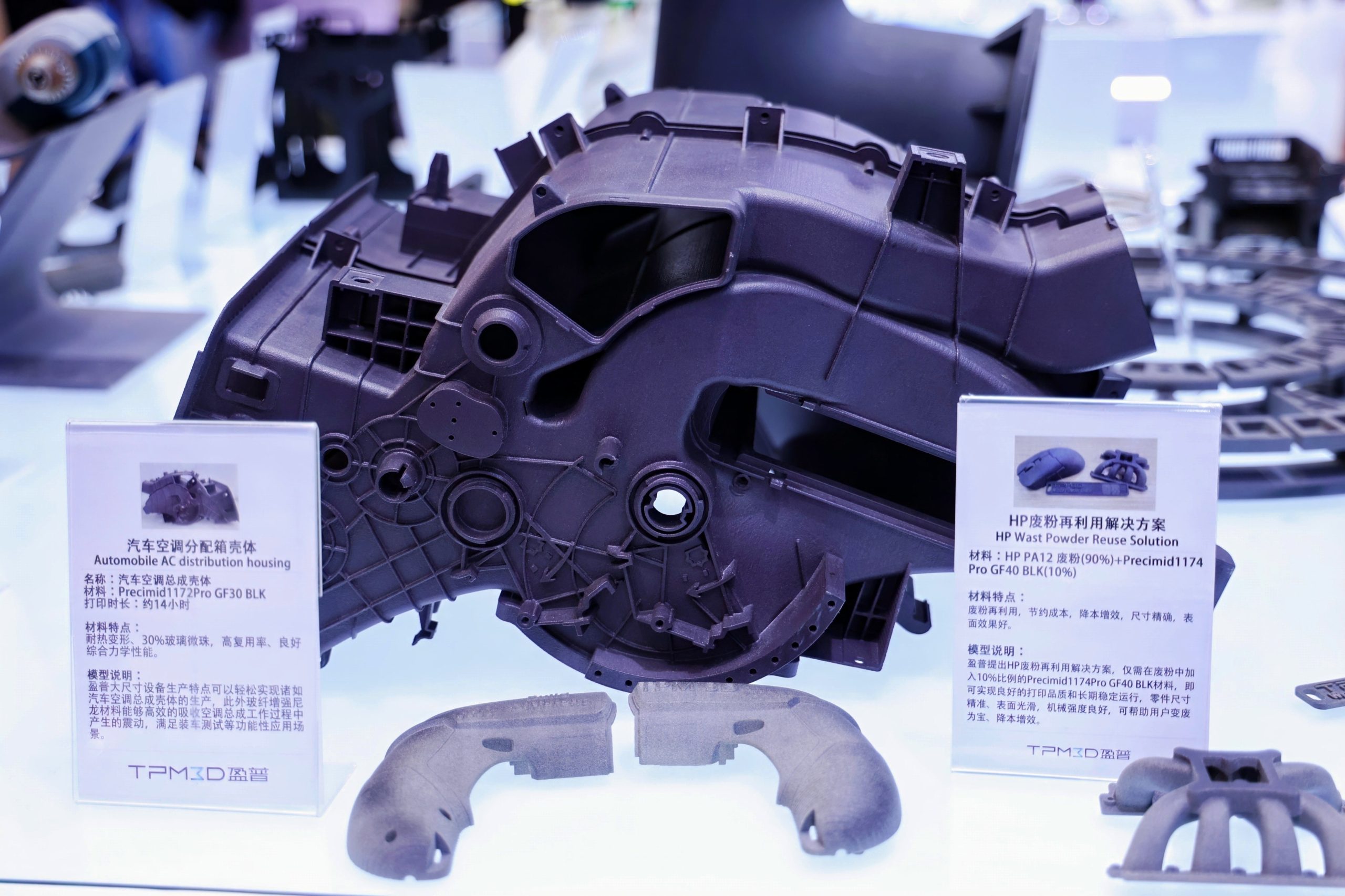
Driving Lightweight Design and Fuel Efficiency
Lightweighting is critical to improving fuel economy. SLS nylon 3D printing allows manufacturers to replace heavier metal parts with lighter yet stronger nylon alternatives.
For example, Ford used SLS technology to produce an intake manifold for their race cars at the 2015 Daytona 24-hour endurance race. The result? A lightweight yet durable component that improved both fuel efficiency and performance.
Enhanced Wear Resistance for Long-Term Reliability
Many automotive parts, such as gears and bearings, require excellent wear resistance to ensure long-term stability.
Luxury carmaker Porsche used nylon SLS 3D printing to manufacture lattice-structured seats. These seats not only offered high wear resistance but also improved comfort, surface smoothness, and even greater design flexibility—including customizable colors.
Corrosion Resistance for Safer, Longer-Lasting Parts
Nylon’s corrosion resistance makes it ideal for parts exposed to harsh environments, such as chemical storage tanks, pipelines, or exterior car panels.
The Ford GT Supercar utilized nylon-based SLS 3D printed components for its doors, engine hood, and other parts. These parts, specially treated for enhanced resistance, performed safely and reliably under diverse conditions—from city streets to racetracks.
Faster Customization and Production Efficiency
Compared with traditional casting and machining, SLS 3D printing allows direct conversion of design files into physical components. This digital approach enables rapid prototyping, faster product iteration, and cost-effective customization.
The result: shorter production cycles, higher efficiency, and the flexibility to meet personalized consumer demands.
A Future Powered by SLS 3D Printing
From engine components to transmission systems, chassis parts, and bodywork, nylon SLS 3D printing offers automakers new possibilities for efficiency, customization, and performance.
As the technology continues to advance, its role in automotive manufacturing will only expand—helping carmakers achieve sustainability goals while maintaining high standards of safety and innovation.
TPM3D: Driving Innovation in Automotive 3D Printing
TPM3D is a leading Chinese brand specializing in SLS 3D printing technology and services. With years of expertise and close collaborations with global automakers, TPM3D has successfully supported customers in accelerating product development, reducing costs, and enhancing efficiency.

